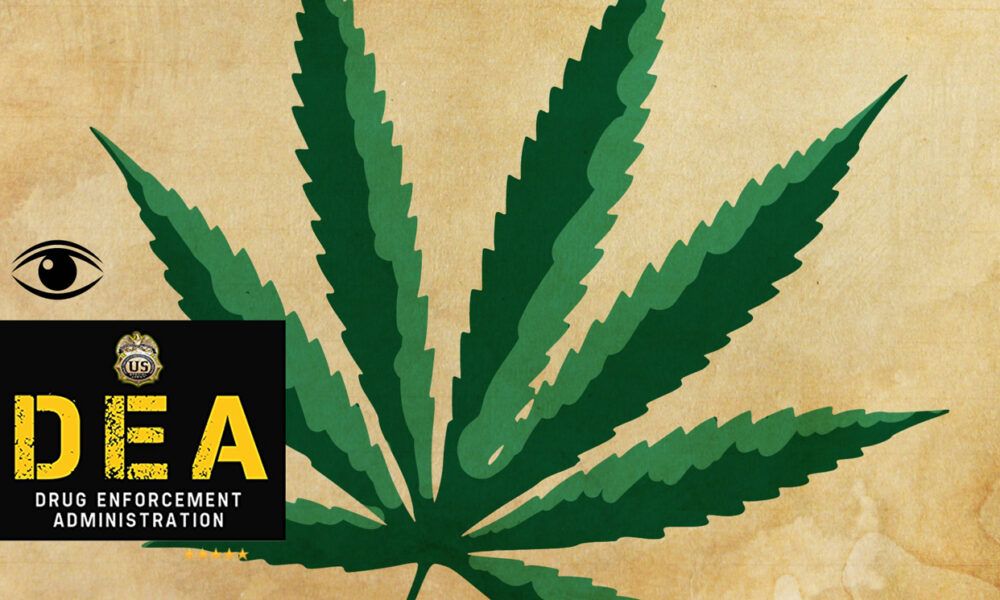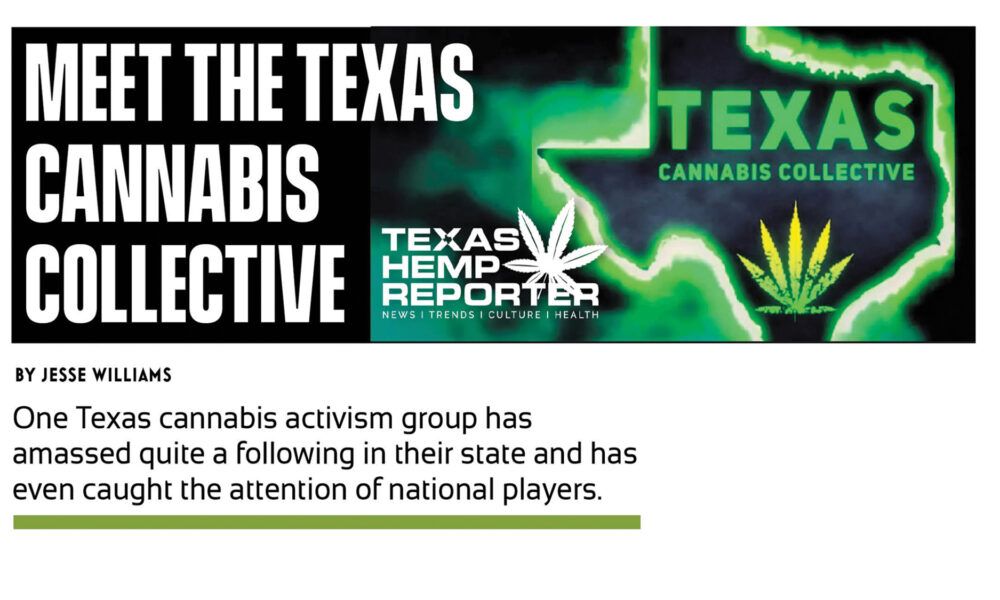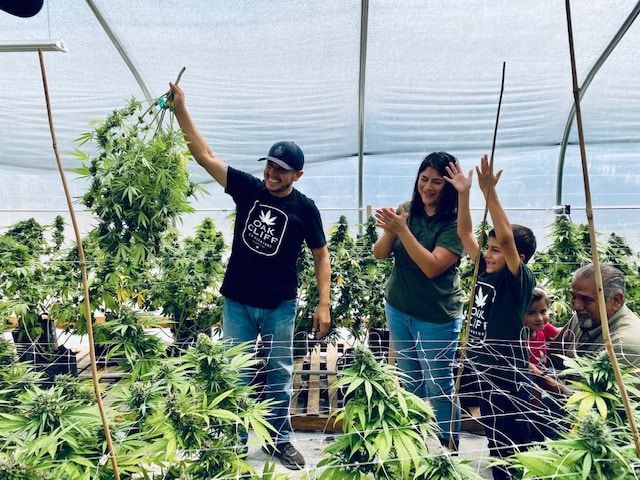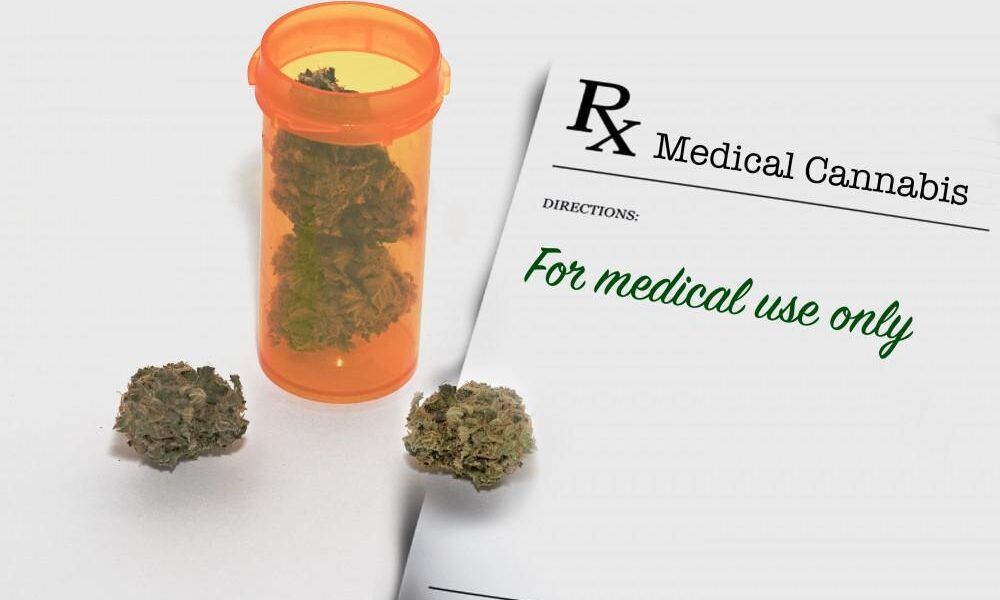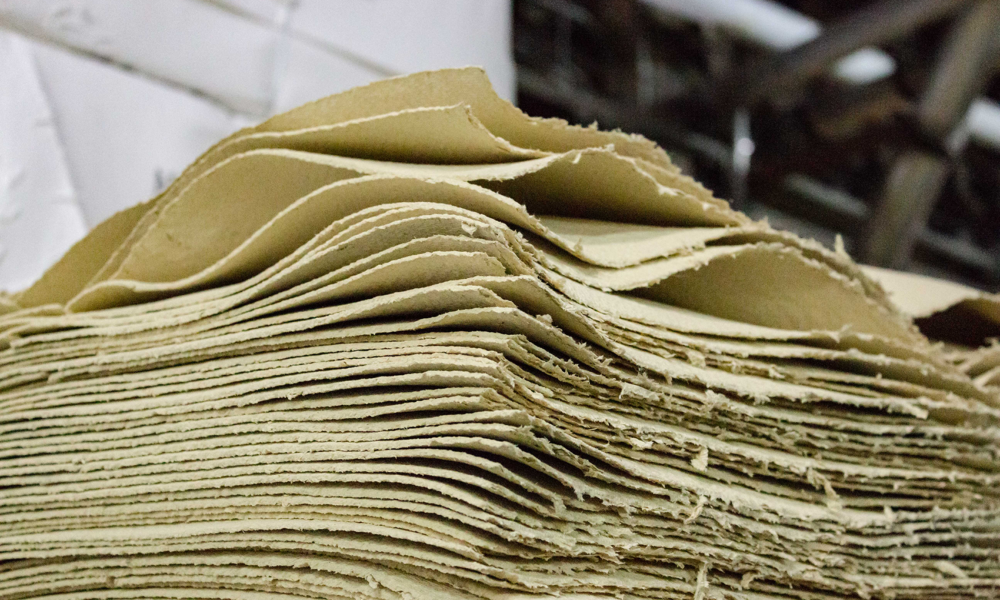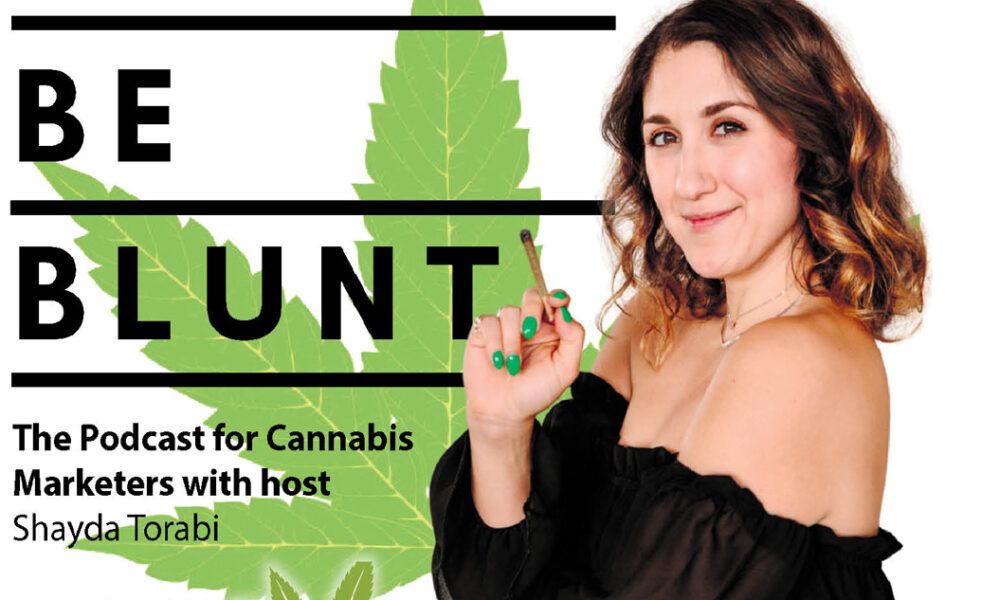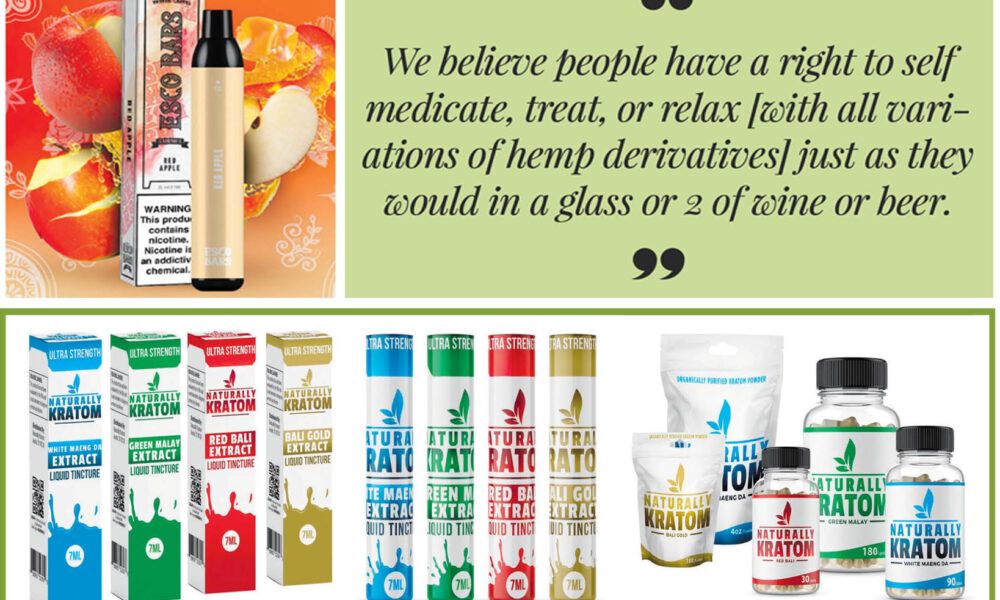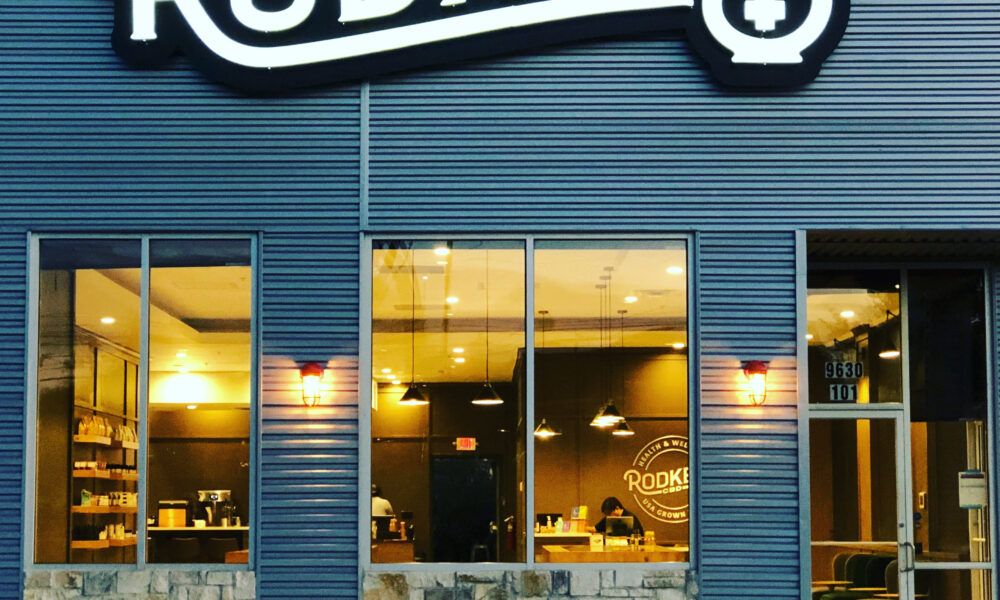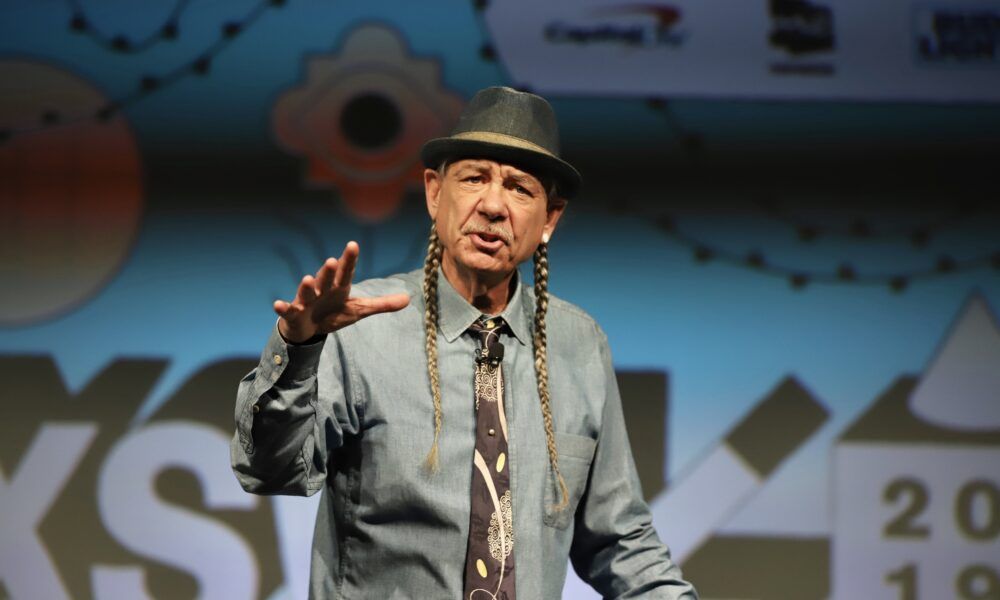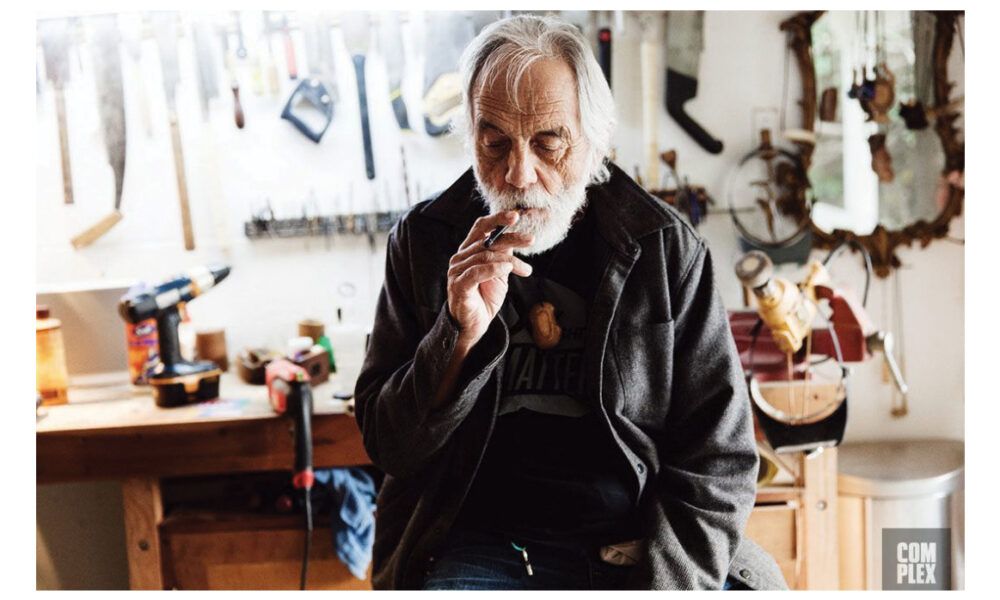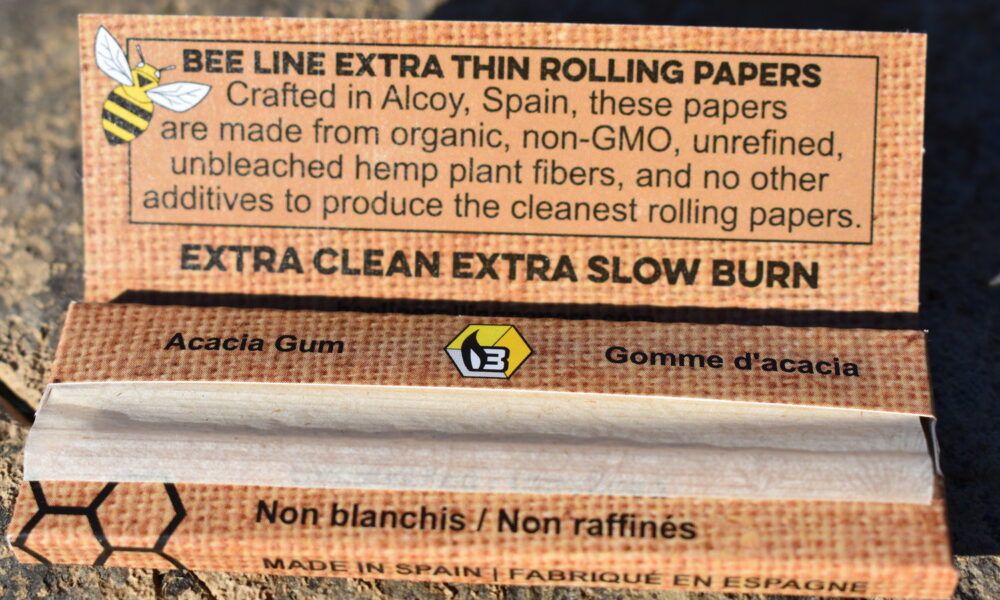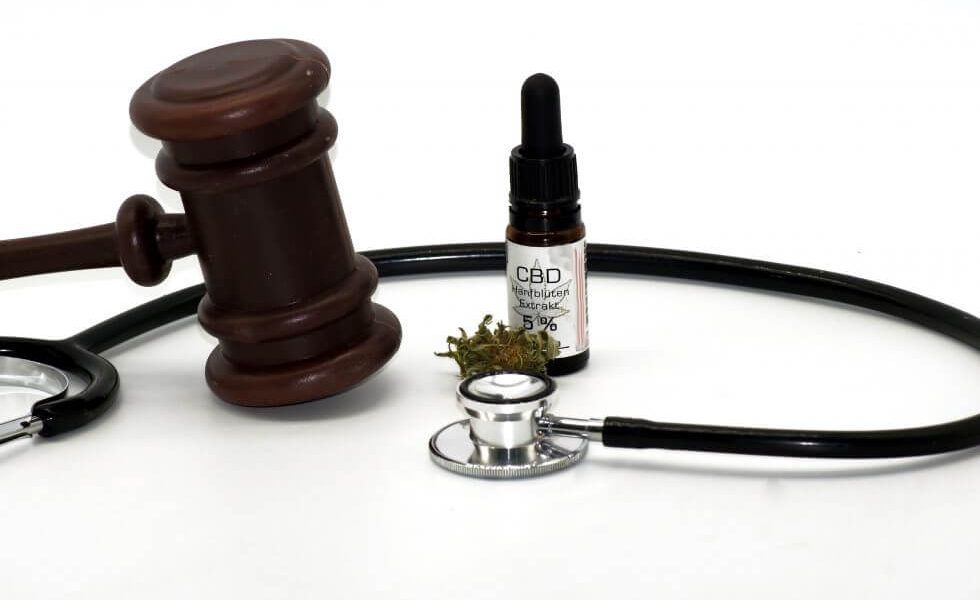Did the DEA’s new rule confirm hemp-derived Delta-8 THC is illegal?
By: Andrea Steel and Lisa Pittman
On August 21, 2020, the Drug Enforcement Administration (the “DEA”) published a rule regarding the scheduling of hemp and marijuana, effective immediately (the “Rule”). The cannabis community swiftly reacted with an interpretation that this Rule outlawed Delta-8 THC, the hemp industry’s new favorite cannabinoid. The impact is that if Delta-8 THC is, in fact, a Schedule I controlled substance, the threat of felonious criminal prosecution would thwart the commercial viability of this cannabinoid. We dug into the Rule and other materials, and we disagree with the “now illegal” conclusion. Instead, we theorize that so long as the Delta-8 is derived from cannabis that meets the definition of hemp, it does not appear to be illegal under the federal CSA and we don’t believe the DEA Rule alters this.
What Does the DEA Rule Say?
The DEA repeatedly stresses throughout the publication that the Rule’s purpose is to simply codify what was already changed via the 2018 Farm Bill: “This interim final rule merely conforms DEA’s regulations to the statutory amendments to the CSA that have already taken effect, and it does not add additional requirements to the regulations.”
The Rule states there are only four conforming changes:
The definition of “Tetrahydrocannabinols” on Schedule I of the official “Schedule of Controlled Substances” (21 CFR 1308) is modified to carve out “any material, compound, mixture, or preparation that falls within the definition of hemp” (as defined in the 2018 Farm Bill). What does this mean?
Regardless of what any product label may say (i.e., “hemp” or otherwise), if a product has more than 0.3% Delta-9 THC, it is a controlled substance. Regardless of being hemp-derived, if the derivative, extract or product has more than 0.3% Delta-9 THC, it is a controlled substance. None of these changes, alters or affects the FDA’s jurisdiction over products containing cannabis and cannabis-derived compounds. Naturally occurring THCs in cannabis are not controlled substances so long as they are at or under the 0.3% Delta-9 THC threshold. Any of those that are above the 0.3% Delta-9 THC threshold are controlled substances. Synthetically derived THCs are all controlled substances, regardless of THC content.
Essentially removes Epidiolex (and any generics the FDA may subsequently approve) from control in schedule V (21 CFR 1308). Also removes the requirement for import and export permits for Epidiolex (and any future generics). The definition of “Marihuana Extract” on Schedule I is modified to be limited to extracts “containing greater than 0.3 percent delta-9-tetrahydrocannabinol on a dry weight basis.” What does this mean?
Regardless of whether the extract comes from hemp or marijuana, if it exceeds the 0.3% threshold, it is illegal. It is important to point out that this definition, even before the Rule, includes the following exception: “other than the separated resin (whether crude or purified) obtained from the plant.”
The Rule reiterates these changes were already mandated under the 2018 Farm Bill: “DEA’s regulatory authority over any plant with less than 0.3% THC content on a dry weight basis, and any of the plant’s derivatives under the 0.3% THC content limit, is removed as a result.”
What is Delta-8 THC and is it legal?

Our clients frequently ask us about the legality of Delta-8 THC and our view has been that the cannabinoid, if derived from hemp and the end product remains at or below Delta-9 THC, then the substance is likely legal, but to keep in mind that Delta-8 (when not derived from hemp) is on the controlled substances schedule and the government probably did not intend to create a pathway to legally get high from THC, so be prepared for the law to change at any moment. Delta-8 THC is one of hundreds of cannabinoids that are found in the cannabis plant. Delta-9 THC is the most widely known cannabinoid and causes a psychotropic reaction felt as an intoxicating “high.” Delta-8 THC, on the other hand, is nowhere near as well known and has been gaining in popularity over the last year, largely due to its alleged ability to have a substantially different and significantly less intoxicating but still mind-altering effect. There is also research dating back to 1975 regarding its potential for treating cancer and other studies exist showing various potential health benefits (see here, here and here).
As mentioned, the DEA does include Delta-8 THC on its list of controlled substances (updated August 2020) under “tetrahydrocannabinols,” but the 2018 Farm Bill expressly carved out “tetrahydrocannabinols in hemp” (See Section 12619(b) of the 2018 Farm Bill the very last provision of the entire bill). This carve out indicates any type of THC from a cannabis plant with Delta-9 THC at or below 0.3% is legal (at the federal level). It is important to note there may be states with more restrictive laws that do criminalize Delta-8 THC, even when derived from hemp. There may also be states where marijuana-derived Delta-8 THC is legal (but illegal at the federal level).
We don’t believe the USDA intended to create a mechanism for people to legally get high, but the focus on hemp has been the Delta-9 THC concentration, because of its known psychotropic effects. Delta-8 THC may have gone under the radar, but perhaps not. The DEA doesn’t schedule every substance that produces mind-altering effects, such as kratom.
Is hemp-derived Delta-8 THC synthetically derived?
The DEA Rule published on Friday repeatedly states that it is merely conforming other statutes to comply with the 2018 Farm Bill so the laws are consistent. The language in the Rule causing uproar is this:
“The [2018 Farm Bill] does not impact the control status of synthetically derived tetrahydrocannabinols (for Controlled Substance Code Number 7370) because the statutory definition of “hemp” is limited to materials that are derived from the plant Cannabis sativa L. For synthetically derived tetrahydrocannabinols, the concentration of Δ9-THC is not a determining factor in whether the material is a controlled substance. All synthetically derived tetrahydrocannabinols remain schedule I controlled substances.” (emphasis added).
Where people are getting caught up is the term “synthetically derived.” Delta-8 is a phytocannabinoid naturally existing in the cannabis plant – it is organically derived. Its natural occurrence is too low to be extracted outright, but – and we do not claim to be chemists – it is our understanding there is an isomerization process that can take place to convert CBD to Delta- 8 THC. Isomerization is the transformation of one isomer into another, isomers being molecules with the same molecular formula, but having a different arrangement of the atoms in space. We don’t believe that isomerization converts a phytocannabinoid into a synthetic one in the manner “synthetic” is used by the DEA. The 2018 Farm Bill definition of hemp includes all “isomers” of hemp. Therefore, any isomer of a hemp plant is also hemp and, pursuant to the 2018 Farm Bill, does not fall under the Controlled Substances Act (the “CSA”).

We believe the reference to “synthetically derived” is referring to a man-made chemical, not a process by which someone at a lab isomerizes one organic molecule to another (i.e., CBD to Delta-8 THC). If the concept that any material formed from any sort of human controlled chemical action taking place means that material is “synthetically derived,” then that would mean all of the hemp-derived products that go through processing are synthetic, and that is simply not the case. This article does a good job explaining the differences between synthetically derived cannabinoids, biosynthesis, and plant-based extraction. The first two take place without the plant at all. It does not seem feasible to conclude that isomerization of a hemp-cannabinoid equates to material becoming “synthetically derived.”
Synthetic cannabinoids (“SCs”) that the DEA targets are products like Spice and K2 (recall several years ago when the market was proliferated with “fake weed”), which are synthesized in labs to mimic the biological effects of THC. This DEA Fact Sheet on K2/Spice says SCs “are not organic, but are chemical compounds created in a laboratory.” SCs are part of the designer drug market and are typically liquid agents applied on plant material to look like marijuana. They were initially developed by researchers decades ago to study effects on the endocannabinoid system (in the absence of being able to study real cannabis as it has been illegal), but began to enter the consumer market in the U.S. around 2008. The DEA has identified the chemical makeup of various SCs and added them to the list of controlled substances to try to thwart the illicit market, but some actors continue to modify chemical structures to create new unscheduled
SCs as a loophole to the CSA. A history of SCs is laid out in a recent DEA temporary scheduling order. Understanding the background of SCs is important because of how the legislature intended the term as it used in the CSA and how the DEA has historically treated these inorganic, lab-created chemicals that attempt to mimic THC and skirt the CSA. We have also looked up several federal cases that discuss SCs and the bulk of those relate to products like Spice and K2, as mentioned above. We found no federal case law on Delta-8 THC.
What does the 2018 Farm Bill say?
In order to understand what the DEA is doing in this Rule, we need to first understand why they are doing it. That reasoning is found in the 2018 Farm Bill which, in part, defined “hemp” and carved it out of the definition of marijuana in the CSA. The 2018 Farm Bill defined hemp as follows: “the plant Cannabis sativa L. and any part of that plant, including the seeds thereof and all derivatives, extracts, cannabinoids, isomers, acids, salts, and salts of isomers, whether growing or not, with a delta-9 tetrahydrocannabinol concentration of not more than 0.3 percent on a dry weight basis.”
As mentioned above, the very last section of 2018 Farm Bill amends the CSA and expressly removes tetrahydrocannabinols in hemp” from the list of controlled substances. The 2018 Farm Bill included hemp-derived Delta-8 THC in the definition of hemp as part of the hemp plant and it removed hemp-derived Delta-8 THC from the list of controlled substances as a tetrahydrocannabinol in hemp.

The DEA Rule now follows suit in that it modifies the listing of “tetrahydrocannabinols” on the Schedule of Controlled Substances by adding the following stipulation: “Tetrahydrocannabinols does not include any material, compound, mixture, or preparation that falls within the definition of hemp set forth in [the 2018 Farm Bill].”
This reiterates the notion that so long as the 0.3% Delta-9 THC threshold is met, then the material is hemp. It follows that any derivative THC within such material (so long as the Delta-9 THC concentration is at or below the 0.3% on a dry weight basis) is also hemp and therefore not a controlled substance. The Rule, in modifying this definition brings the Schedule of Controlled Substances in line with what the 2018 Farm Bill mandated.

Final Thoughts:
Delta-8 THC is THC – it is not a lab-created substance with a chemical structurally altered to
mimic its own biological effects. Delta-8 THC is organically derived and is the substance it is intended to be. Delta-8 THC has a substantially different effect on the body than Delta-9 THC that has value in and of itself that has shown promise on many medical fronts. Nonetheless, consumers should be aware of any product being consumed, especially those that are not clearly regulated. There are many ways to process cannabis extracts, some of which use solvents that are dangerous if consumed, so it is crucial for end-products to be tested by a reliable third-party for harmful ingredients, including residual solvents, and have accurate certificates of analysis available.
In Hemp Indus. Ass’n v. DEA (357 F.3d 1012, 2004 U.S. App. LEXIS 1846), a well-known case from 2004 regarding DEA’s treatment of THC in hemp, the court concluded the DEA could not regulate unscheduled drugs without following proper procedures to do so (a great summary of that case can be found here). The DEA Rule from Friday repeatedly states it is not changing any laws, so even if it wants to come down on hemp-derived Delta-8 THC and re-schedule it, this Rule is not the appropriate avenue to do so.
It is for these reasons we do not believe the DEA Rule altered the legality of hemp-derived Delta-8 THC. However, that doesn’t mean the DEA isn’t trying wrangle it back in or isn’t looking for someone to make an example out of. Being the example, even if the end result is a win, would likely be a lengthy, expensive and potentially traumatizing experience. Proceed accordingly.
Despite the immediate effectiveness of the Rule, comments are being accepted through October 20, 2020. Providing comments during a government rule-making process is a great opportunity to make your voice heard and effect change, and the only way you would have standing to make a legal challenge to the Rule later. If you think the DEA should clarify its position on Delta-8 THC or the “work in progress hemp extract” issues that need to be addressed (another area of significant concern laid out in this article by attorney Rod Kight), make sure to send in comments. Details on how to do so can be found in the Rule, and our attorneys can assist your business with crafting them.
THE INFORMATION IN THIS ARTICLE IS NOT INTENDED TO BE LEGAL ADVICE, SHOULD NOT BE TAKEN AS LEGAL ADVICE AND SHOULD NOT BE RELIED UPON IN PLACE OF CONSULTING WITH A QUALIFIED ATTORNEY PRIOR TO TAKING ANY ACTION. NO ATTORNEY-CLIENT RELATIONSHIP IS CREATED BY ANY READING, USE OR REPUBLICATION OF THIS ARTICLE. THE THEORIES PUT FORTH HEREIN ARE STRICTLY NOVEL IN NATURE AND HAVE NOT BEEN TESTED IN A COURT OF LAW.


